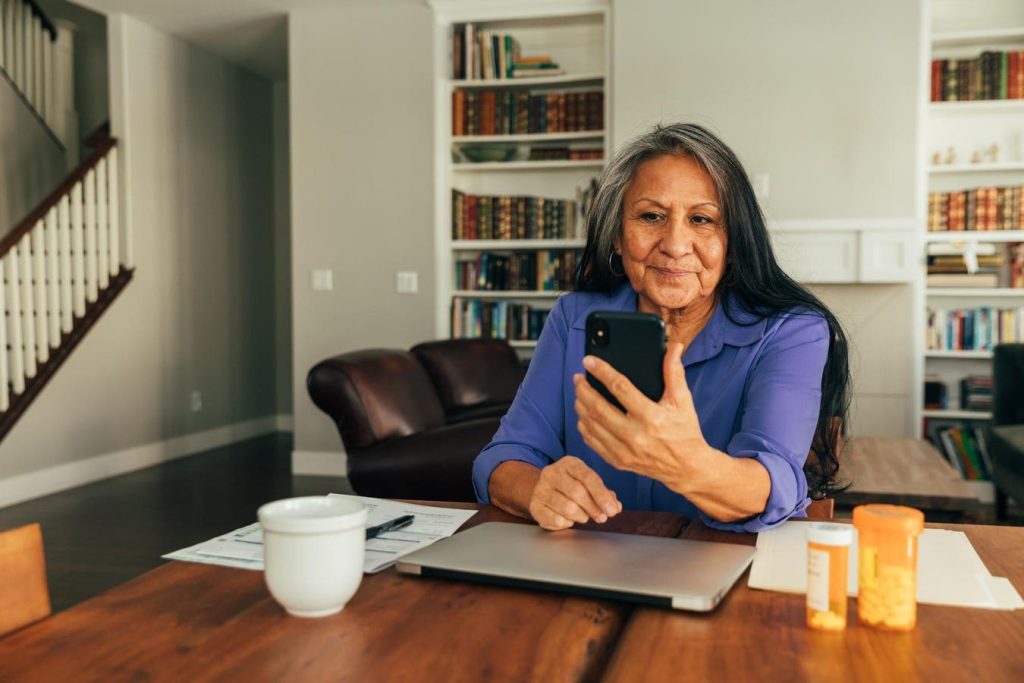Healthcare providers face significant challenges in delivering services to disadvantaged communities, with telehealth emerging as a vital tool in this endeavor. Despite widespread commitment in the medical community to achieving health equity, demographic factors continue to hinder many individuals from accessing necessary care. Disparities in healthcare access and outcomes are particularly pronounced among different racial and ethnic groups, with Black women having a 40% higher death rate from breast cancer compared to white women, and rates of diabetes almost 1.5 times higher among minority ethnic groups compared to the white population. Mental health disparities are also stark, with rates of mental illness and substance use disorder lower for people of color but may be underdiagnosed.
For those living in rural communities, higher mortality rates are commonly related to cancer and cardiovascular disease, including stroke, heart attack, lung disease, and chronic health conditions. Disadvantaged neighborhoods, economic barriers, lack of health insurance, limited access to specialized care, and workforce shortages all contribute to healthcare disparities in rural areas. Additionally, the LGBTQ+ population experiences poorer health outcomes compared to heterosexuals, with higher rates of chronic conditions, obesity, and mental health issues. Social stigma, discrimination, and increased risk of harassment or violence contribute to these disparities.
Telehealth offers a pathway to more equitable healthcare access by increasing the availability of specialists, overcoming transportation barriers, allowing for flexible scheduling, and providing cost-effective, culturally competent care. In rural communities, telehealth reduces the need for travel and supports primary care providers. Among LGBTQ+ populations, telehealth facilitates access to sensitive and knowledgeable care, ensuring privacy and confidentiality. However, ongoing challenges such as digital literacy, provider training on unique health needs, and maintaining the privacy and security of digital health platforms need to be addressed to maximize the benefits of telehealth for minority, rural, and LGBTQ+ communities.
The COVID-19 pandemic has highlighted the importance of telehealth in providing inclusive care, underscoring the need for ongoing efforts to ensure it serves all communities effectively. By addressing barriers to access and providing culturally competent care, healthcare providers can work towards achieving health equity and reducing disparities in healthcare outcomes. Telehealth has not only been a lifeline during the pandemic but has also become a new standard in healthcare delivery, offering a way to bridge the gap in access to care for disadvantaged communities. It is essential for healthcare providers to continue to prioritize equitable care for all individuals, regardless of race, gender, age, income, or cultural background.


